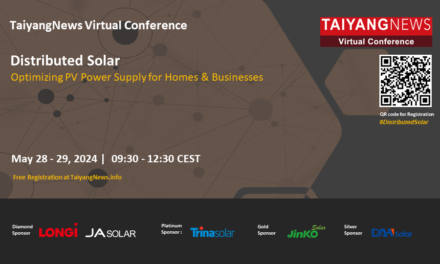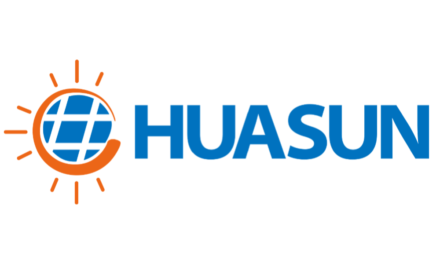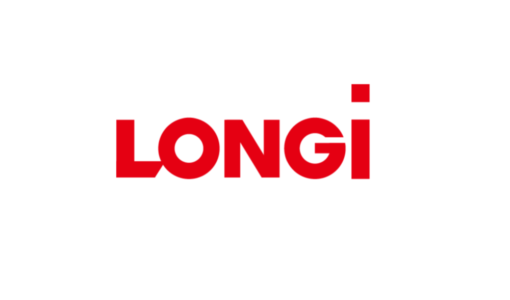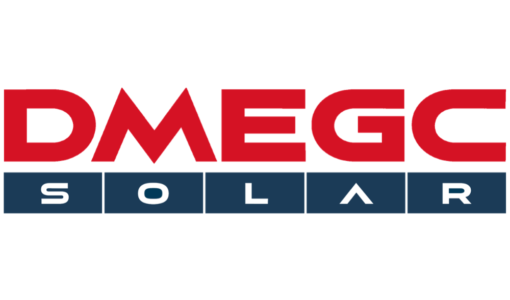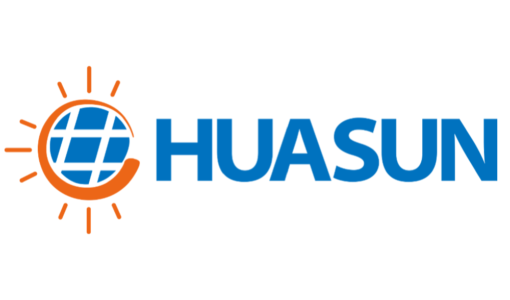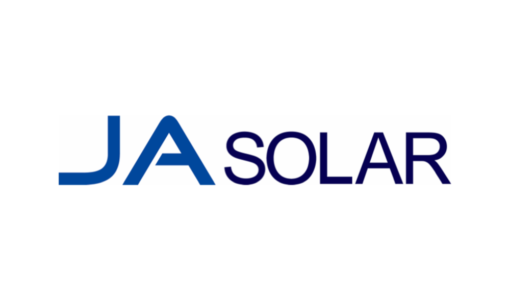- Several leading companies are offering wet-chemical solutions suitable for HJT processing
- High throughput and flexibility to handle larger wafers is one of the major development among the tools from the leading suppliers
- Nearly every leading tool vendors are working with ozone based cleaning process
- Flexibility allowing varying pyramid size is yet another important attribute of wet-chemical tools promoted for HJT processing
Several leading wet-chemical equipment suppliers are offering specific tool platforms that can support HJT solar cell processing. Below we summarize important performance attributes of the wet-chemical benches from leading suppliers we scouted through in our recently published Heterojunction Solar 2020 report.
RENA is extending its BatchTex N platform with BatchTex N400 SHJ for etching, texturing and required cleaning for HJT. The tool carries forward the important attitudes of the Batch N2 platform. In its full configuration, the tool processes 400 wafers per batch. It employs the latest IPA-free RENA monoTEX H process for texturing. The tool allows for varying pyramid sizes with recipe adaptation. The spec for lowest wafer thickness is given as 140 µm, while the company is also ready to supply a version that can support processing 100 µm thin wafers on special request. Based on the short processing time, the tool supports a throughput of up to 8,000 wafers per hour with the M6 wafer size. The modular configuration also enables processing 210 mm G12 wafers. The tool has a rated breakage of 0.01%. The RENA BatchTex N400 has been installed at an undisclosed HJT producer site and is already part of mass production, according to the wet-bench supplier. Rena opted for an ozone-based cleaning process, which according to the German company is not only a low-cost solution, but also facilitates stability in the process as well as in yields, compared to the rather expensive process based on hydrogen peroxide.
Singulus is promoting its SILEX II CLEANTEX as a completely integrated solution for wet-chemical treatment in HJT processing. The tool accomplishes all the required etching, texturing and cleaning steps.
A higher throughput and flexibility to handle larger wafers are two important recent developments with the SILEX II platform. The completely automated solution has a high rated throughput of 12,000 wafers per hour for the M6 wafer size. The same machine with added modularity can also support processing larger wafers up to 210 mm side length, in which case the throughput drops to 6,400 wafers per hour without affecting any of the performance attributes of the tool. The tool also has a low breakage rate of 0.01%. The company claims that it has sold more than 30 of these tools to HJT producers around the globe including in China.
S.C. New Energy, as part of offering a complete turnkey solution for HJT, has also developed a specific wet-chemical solution called SC-CSZ. For cleaning, the company is relying on the RCA process as of now, while testing is in progress for the ozone-based solution. Processing about 400 wafers per batch, the tool attains a throughput of 8,000 wafers per hour. It is somewhat surprising that this throughput is immune to change is wafers size. According to Eddy Shen from the marketing department of the company, the ability to process 8,000 remains the same for all three relevant wafer sizes – M6, M10 and G12 size.
YAC from Japan has been an important supplier of wet-chemical solutions from its legacy as a wet-chemical solution supplier to Panasonic, the pioneer of HJT. The company is currently offering a tool with a throughput of 8,000 wafers per hour by processing a batch size of 100 wafer. YAC is yet another company apart from S.C. New Energy that says the tool throughput is not affected with change in wafer format – in case of YAC the spec for wafer size is M6 and M10. We have requested further details from the company, which we did not receive before publishing of this report.
exateq is another German company that is also active in supplying wet-chemical solutions for HJT processing, especially out of China. The company calls its product platform as “q”, which based on a batch size of 400 wafers has a maximum rated throughput of 12,000 wafers per hour for M6 wafers. The company also offers the two other platforms compatible with M10 and G12 wafer size . The tool is rated with a throughput of 8,000 wafers per hour.
In summary, HJT requires a specially optimized wet-chemical process, although the steps remain the same as for the standard process. In texturing, companies are mainly promoting the additives-based process. Some tool suppliers are also offering recipes to optimize the pyramid size. When it comes to cleaning, both RCA and ozone processes have their own set of benefits and short comings. RCA has lower capex but high OpEx, while ozone equipment are expensive but operational costs are low, according to exateq’s Gerry Knoch. Though RCA is robust, due to high production costs is fading out. With proper tool design in place to maintain the ozone concentration, ozone-based technology can be equally effective. It is safe to say ozone-based cleaning is the emerging standard now.
For detailed information on wetchemical tools for HJT cell processing, please check our TaiyangNews report on Heterojunction Solar Technology 2020, which can be downloaded for free here.
A comprehensive overview on “Wet Chemical Boost for High Efficiency Passivated Contact Cells” was provided by RENA Head of Technology Holger Kuehnlein during the TaiyangNews High Efficiency Solar Conference – the recording can be viewed here.




